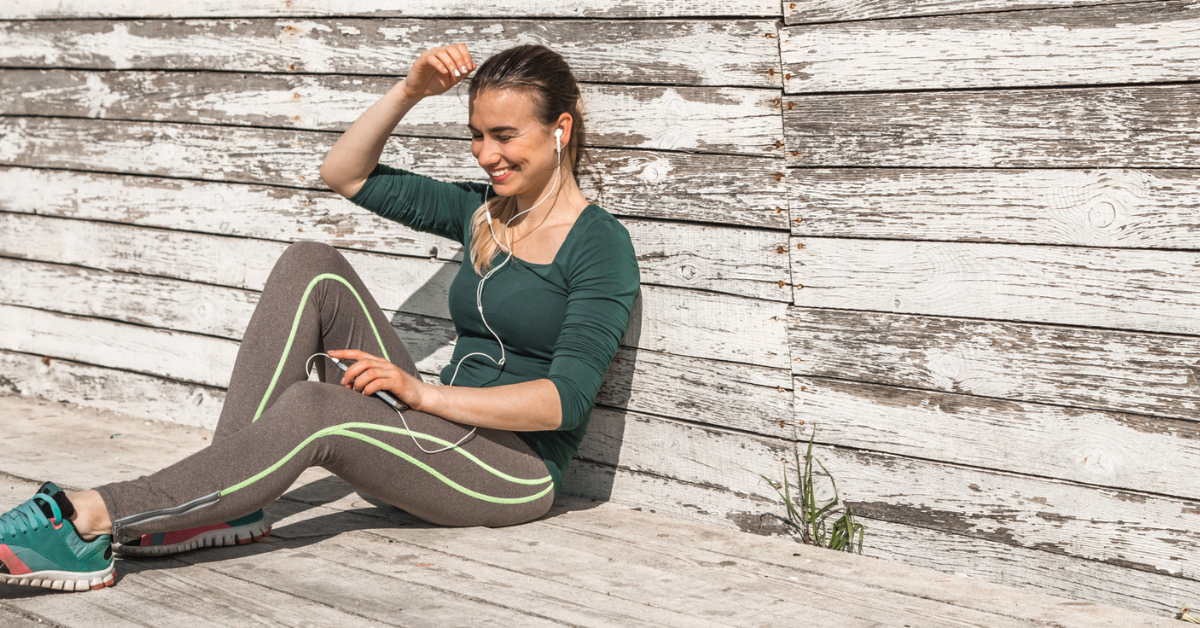
Optimal Workout Duration: How Long Should a Workout Be?
The Centers for Disease Control and Prevention (CDC) advise 150 minutes of moderate activity or 75 minutes of vigorous activity weekly for health. This is the foundation optimal exercise length. Starting with as little as 5-minute workouts can begin your fitness journey. It shows every minute matters in exercise.
Jennifer Aniston favors 10 to 20-minute workouts. She believes the ideal workout duration brings joy and is sustainable. These are key for sticking with it long-term. Personalized fitness means adjusting workout times to fit your life. It should grow as your strength and endurance do.
How you plan your workout, like shorter sessions or a single 30-minute exercise, impacts your success. Let’s focus on making each minute meaningful. No matter if you prefer moderate or vigorous activity, starting is what matters. The benefits are worth it.
Key Takeaways
- Following CDC recommendations, combine moderate and vigorous workouts for overall health.
- Commence with short exercise bursts to lay the groundwork for a consistent workout regimen.
- Adopt workout lengths, such as those backed by Jennifer Aniston, which emphasize sustainability.
- Consider incremental increases in workout duration to create a habit that sticks.
- Customize your exercise segments to suit your daily schedule, boosting adherence and effectiveness.
- Factor in your current fitness level when choosing between moderate and vigorous activity intensities.
Unlocking the Secrets to Effective Workout Duration
Finding the right workout time is more than watching the clock. It’s about the perfect length that powers our bodies and boosts muscle growth. Instead of counting minutes, it’s what you do with them that counts. This leads to an essential training strategy – focus on the workout’s quality, not just its length.

Quality Over Quantity: Making Every Minute Count
Professor Shawn Arent, tells us to focus on what we achieve during our workouts, not how long they last. He advises crafting workouts that stress training volume, important for growing muscles. For keeping fit, Arent recommends doing about 80% of your usual workout volume. This way, you get the benefits of training without overdoing it.
Understanding Training Volume for Muscle Growth
Growing muscle depends on challenging ourselves and making wise choices in training. It’s not just about longer gym times. It can be about adding a bit more weight or a few more reps. These small changes push our muscles further. Workout times can be adjusted for anyone, whether you’re new or experienced, to help you grow stronger.
Navigating Beginner vs. Advanced Workout Needs
New athletes can see fast improvements with just a little time. This quick progress feels great. But experienced gym-goers need longer, more challenging workouts to continue improving. This means what works for one person might not work for everyone. We all need different things from our workouts as we progress.
Fitting Workouts Into Your Busy Lifestyle
In my quest to balance work, family, and health, smart workout routine time management is crucial. We’re told to aim for 150 minutes of activity weekly. But finding consistent time is hard. That’s why short, intense activity bursts are great. They can be a 10-minute walk, a 15-minute yoga session, or 5 minutes of vigorous training. These moments can greatly improve your day.
I make sure to include moderate-intensity exercises in my day. This follow the health guidelines and boosts my energy and mood. In strength training, I adjust rest times to be more efficient. For heavy lifting, I take longer breaks. But for simpler exercises, I take shorter ones. This approach helps me keep up with my busy life.
Using triggers to build exercise habits has also been a key. I work out at the same time each day, based on specific cues. It’s the routine that matters, not the exact time. This method keeps me consistent. It has greatly improved my sleep, energy, and overall health. You can learn more about this at keeping up with workout routines.
How Long Should a Workout Be for Optimal Strength Gains?
Effective strength training combines two key fitness ideas: progressive overload and proper rest. Knowing how to use these can greatly help those wanting to boost their strength. So, how long should workouts be to see real improvement?
The most important factor in building muscle is the progressive overload principle. Research shows that small increases in how much you train are key for stronger muscles. The American College of Sports Medicine highlights that long workouts may help seasoned lifters grow.

Progressive Overload: The Key to Unlocking Strength
Following the progressive overload principle doesn’t mean spending more time at the gym. Fitness guides advise slowly upping your workout’s volume, intensity, or frequency. This method is proven to work for gaining muscle and strength.
The Role of Rest Periods in Maxing Out Muscle Strength
Alongside progressive overload, rest intervals play a big part. Resting right helps refill ATP, which muscles need for strength training. The American Heart Association speaks to rest’s value for people lifting weights. By adjusting rest times after heavy sets, workouts become more efficient without being longer.
Choosing workout lengths should be about the mix of pushing harder and resting well. It’s not about the time spent, but how you use it to gain strength.
Demystifying Cardio and HIIT: Timing Your Path to Endurance
During an 8-week study, participants worked out for 40 minutes, three times a week. They learned how to tailor endurance training timing to fit their lives. For those short on time, HIIT proved to be an effective part of their fitness routine. Shorter, intense workouts showed big benefits, fitting well in busy lives.
Intense workouts can have bigger benefits than longer, less intense ones. This makes HIIT a good choice for people with little free time.
Workout length matters, but so does how you feel while exercising. HIIT might be tougher during the workout than moderate exercise. But the feeling after helps you keep going.
Conclusion
Finding the right workout length is essential for reaching our goals. It’s important to customize our exercise plans. This means considering what works best for our bodies. Using science, we learn to match hard work with time for recovery.
My workouts are based on understanding my body’s needs. Guidelines suggest 150–300 minutes of activity each week. Yet, I adapt this based on my workout intensity. It’s vital to be patient as our bodies adjust to exercise routines.
New studies show short activities can also benefit us. This goes against the old idea that longer workouts are always better. By adapting to these findings, we make exercise a part of everyday life. Following expert advice ensures our health efforts are smart and effective.
FAQ
What is the ideal workout duration for muscle growth?
The best workout time for growing muscles depends on many things. It’s about the workout’s intensity and how much you do, not just the time. Key factors include increasing challenge over time and balancing work with rest. Depending on your goals, effective workouts can be as short as 15 minutes or longer than an hour.
How can I maximize the effectiveness of my workouts?
To get the most from your workouts, focus on the total weight you lift during your session. Work out smartly by using good form and increasing the challenge gradually. This boosts your ability to do more over time.
What’s more important for muscle growth: workout duration or training volume?
For building muscles, how much work you do matters more than how long you work out. Aim for a high workload with good form to get the best muscle growth. This means the total weight and reps you do are key.
How do rest periods affect the length of a workout?
Rest times shape your workout length and how effective it is. Take longer breaks for heavy lifting and shorter ones for lighter or cardio exercises. Mixing up your rest can make your workouts better.
Does workout duration differ for beginners versus advanced athletes?
Yes, beginners and seasoned athletes have different needs. If you’re new, shorter workouts help your body adjust. But if you’re experienced, you might need longer and tougher sessions to keep improving. This is because advanced athletes need more work to see gains.
For strength gains, how should I structure my workout duration?
Focus on gradually increasing weight or reps for strength. Also, adjust your rest based on how tough the lifting is to keep workouts efficient. This way, you won’t make your workouts too long but still make gains.
What is the recommended workout duration for cardio and high-intensity interval training (HIIT)?
For cardio, aim for 150 to 300 minutes a week of moderate or hard exercises. HIIT should be brief, lasting 15 to 30 minutes, depending on your fitness and goals. This is because HIIT is very intense.
How do I determine the right workout length for my fitness goals?
Choose your workout length based on your goals, how experienced you are, and your daily life. Mix different types of workouts and adjust over time for progress. Finding a routine that challenges you within your available time is key.



